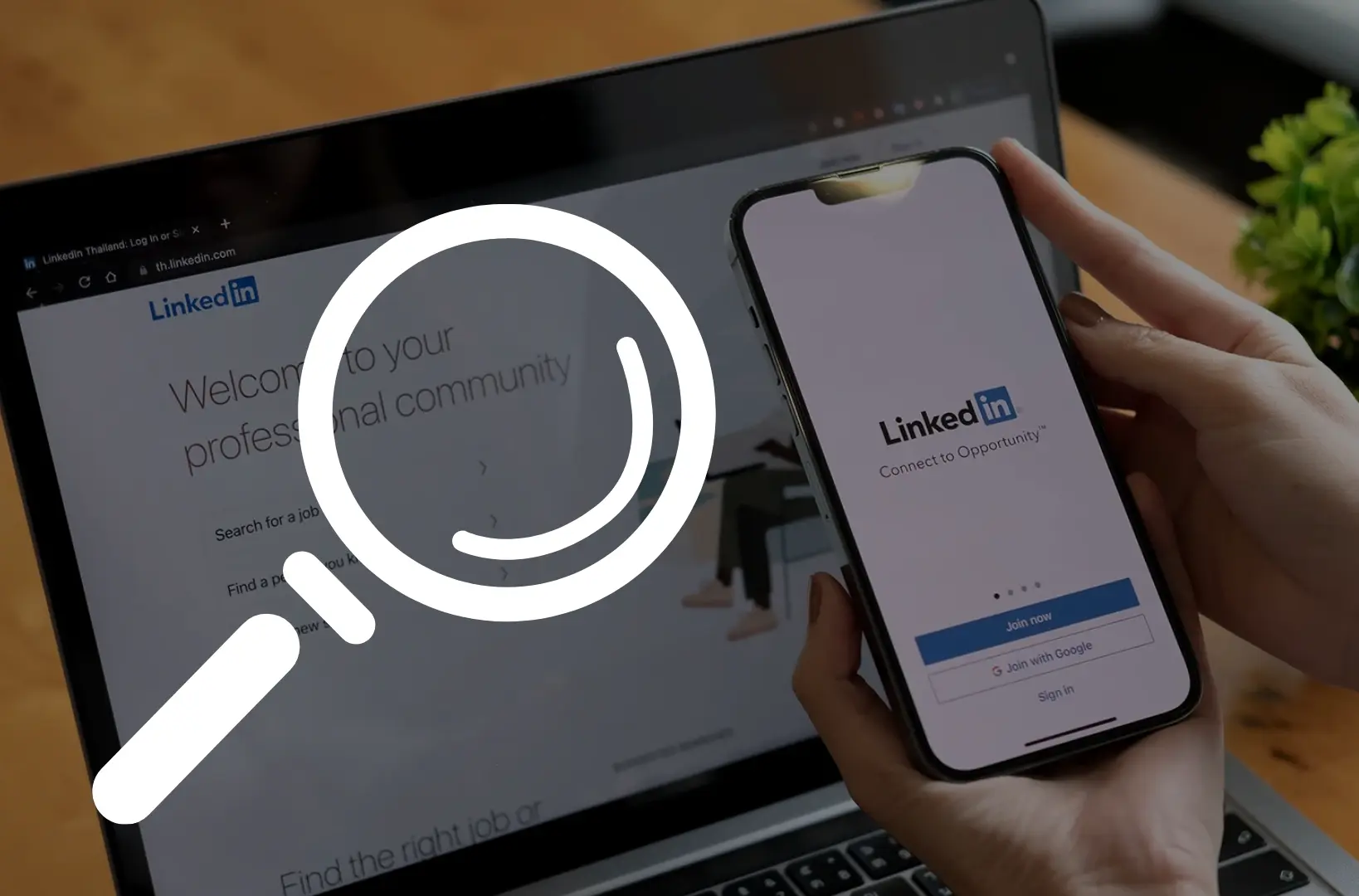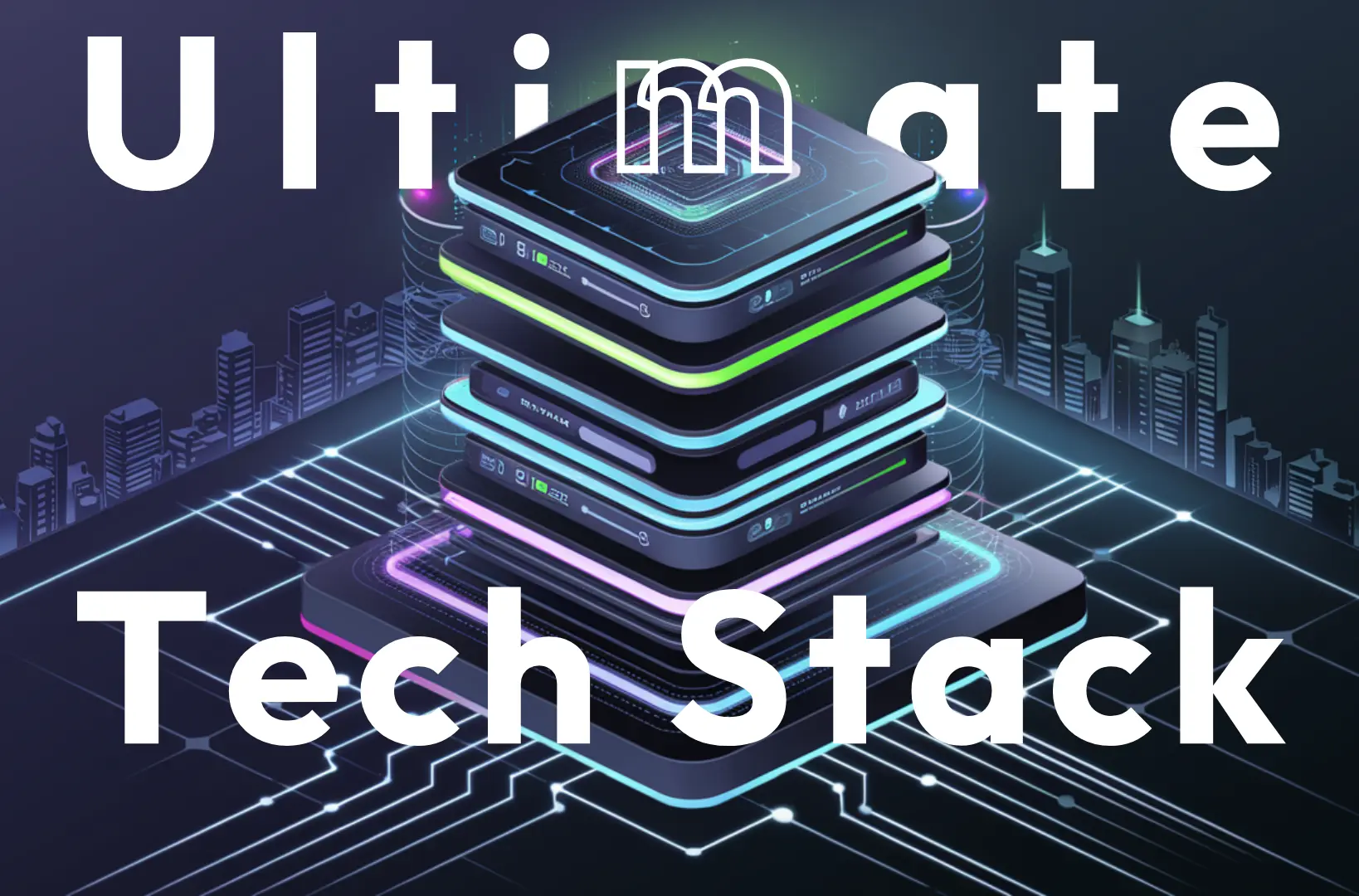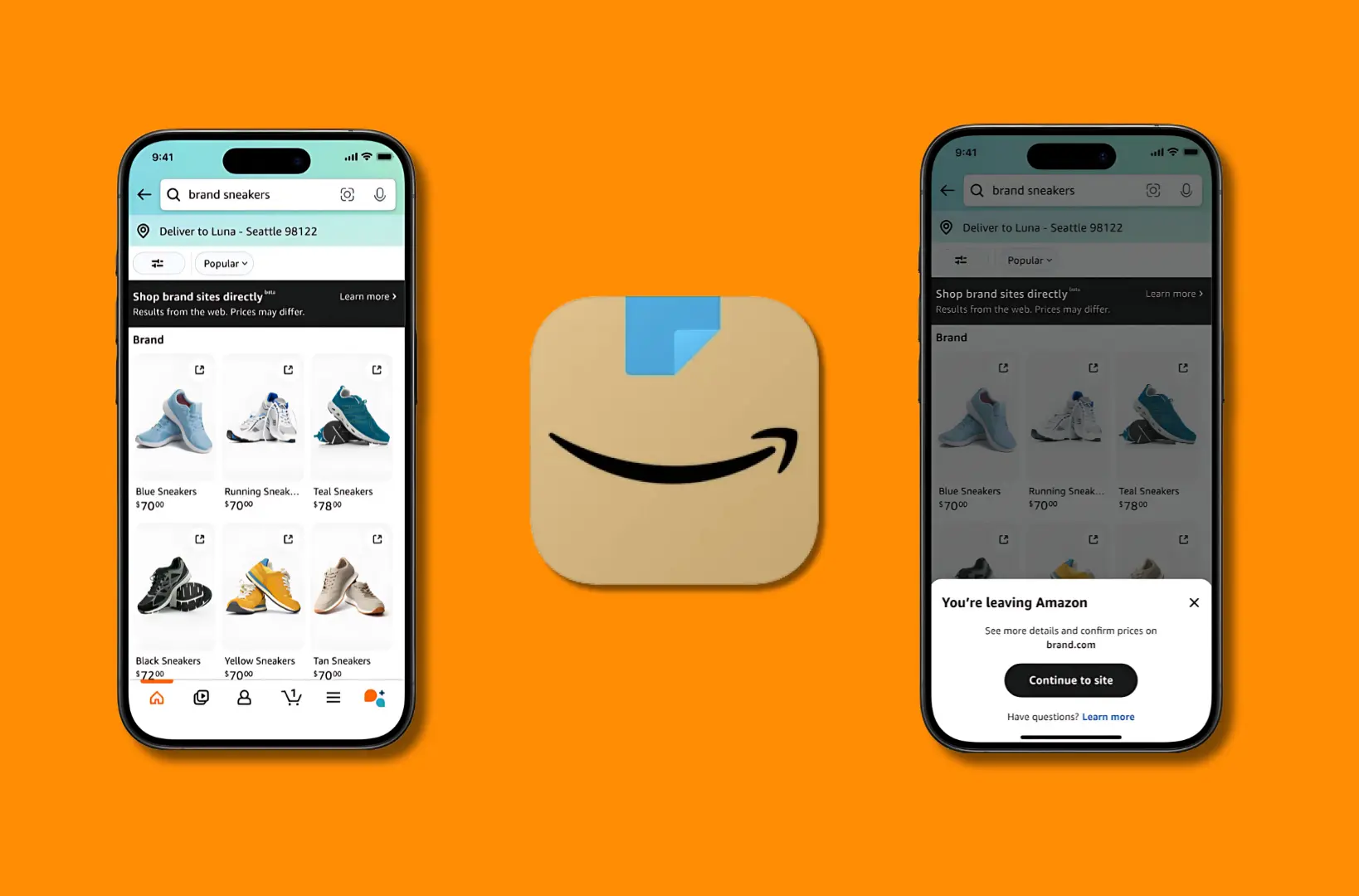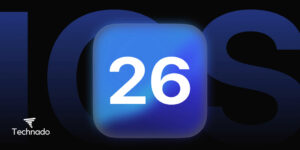The job search process has always been a challenging and time-consuming task. Whether you’re a fresh graduate looking for your first job, a mid-career professional seeking better opportunities, or someone transitioning into a new industry, finding the right job can feel overwhelming. With millions of job postings available online, sorting through them to find the perfect fit often becomes a frustrating and exhausting experience.
To address this issue, LinkedIn—the world’s largest professional networking platform—has introduced its latest feature, Job Match. This AI-driven tool is designed to simplify and personalize the job search process, making it easier for candidates to find roles that align with their skills, experience, and career goals.
In this blog, we’ll dive deep into how LinkedIn’s Job Match tool works, its key features, and how it can revolutionize the way people search for jobs in 2025 and beyond.
What Is LinkedIn’s ‘Job Match’ Tool?
The Job Match tool is an intelligent job recommendation feature powered by AI and machine learning. Unlike traditional job search methods, where users manually filter through listings, Job Match takes a proactive approach. It scans a user’s LinkedIn profile—including their skills, work experience, education, and past job applications—to suggest the most relevant job opportunities.
Instead of relying solely on job titles or location preferences, Job Match considers a wider range of factors, such as industry trends, required skills, and hiring patterns, to provide personalized recommendations. This means job seekers no longer have to spend hours sifting through irrelevant job postings. The right opportunities come directly to them.
With LinkedIn’s deep understanding of the professional world and access to real-time job market data, Job Match ensures that users don’t just find any job—they find the right job.
Key Features of LinkedIn’s ‘Job Match’
1. Personalized Job Recommendations
One of the standout features of Job Match is its ability to provide highly personalized job suggestions. Instead of simply listing jobs based on basic filters like location and job title, the tool evaluates the details of a user’s LinkedIn profile to match them with opportunities that truly fit their background and career aspirations.
For instance, if you have experience in digital marketing but are looking to transition into a growth marketing role, the tool may suggest jobs that emphasize data-driven marketing, conversion optimization, and customer retention—areas where your skills can be effectively applied.
2. AI-Driven Matching
LinkedIn leverages its powerful AI and machine learning algorithms to improve job-matching accuracy. The platform continuously learns from hiring trends, job descriptions, and candidate interactions to refine its recommendations.
Unlike keyword-based job search engines that only scan for exact matches, Job Match understands the context behind job roles and skills. For example, if a company is looking for a “Content Strategist“, but your profile includes experience as a “Content Marketer”, the AI recognizes the overlap in responsibilities and suggests the role to you.
3. Skill-Based Matching
One of the biggest challenges job seekers face is breaking into new industries or roles that require slightly different skill sets. Job Match helps bridge this gap by focusing on transferable skills.
For instance, if you are a graphic designer with experience in UI/UX design, the tool may suggest roles such as UX Designer or Product Designer, recognizing that many of your design principles and technical skills are applicable to these roles.
Similarly, if you’re a data analyst looking to transition into data science, the tool may suggest data science roles that align with your analytical skills while also recommending areas for upskilling.
4. Real-Time Job Alerts
In the competitive job market, timing is crucial. Many high-demand job openings receive hundreds of applications within the first few hours of posting. Job Match keeps users ahead of the curve by providing real-time notifications whenever a new job that fits their profile is posted.
This ensures that job seekers don’t miss out on promising opportunities simply because they weren’t actively searching at the right time.
5. Application Readiness Score
Another innovative feature of Job Match is the Application Readiness Score. This feature evaluates how well your LinkedIn profile matches the requirements of a specific job and provides suggestions for improvement.
For example, if a job posting requires experience with Google Ads, but your profile does not highlight that skill, LinkedIn might recommend updating your profile or taking a LinkedIn Learning course to enhance your eligibility.
By helping users optimize their profiles, Job Match increases their chances of getting noticed by recruiters.
How ‘Job Match’ Benefits Job Seekers
The introduction of Job Match brings multiple advantages to job seekers, making the job search process more efficient and less stressful.
- Saves Time: Traditional job searches often involve endless scrolling through job listings, manually adjusting filters, and reading descriptions that don’t always align with what you’re looking for. Job Match eliminates this hassle by bringing the best opportunities directly to you.
- Increases Visibility: Sometimes, job seekers miss out on great opportunities simply because they don’t know what to search for. Job Match helps uncover hidden job opportunities that might not have been on your radar.
- Enhances Job Applications: With the Application Readiness Score, users can optimize their LinkedIn profiles, improving their chances of getting hired. This feature acts as a virtual career coach, guiding job seekers on how to present their skills more effectively.
- Reduces Job Search Stress: Job hunting can be overwhelming, especially when candidates receive multiple rejections. Job Match streamlines the process, offering highly relevant job suggestions, which increases the likelihood of finding a suitable role faster.
The Future of Job Searching with AI
LinkedIn’s Job Match is just one example of how artificial intelligence is transforming the job search landscape. As AI-driven tools continue to evolve, we can expect even more intelligent job-matching solutions that offer greater personalization, predictive analytics, and skill-building recommendations.
In the future, AI-powered job platforms might not only suggest jobs but also help users prepare for interviews, negotiate salaries, and even predict career growth opportunities based on market trends.
For job seekers, the key takeaway is simple: Embrace AI-powered tools like Job Match to gain a competitive edge in the job market.
Final Thoughts
The job search landscape is changing, and tools like LinkedIn’s Job Match are leading the way in making the process smarter, faster, and more efficient. With AI-driven job matching, real-time alerts, and profile optimization insights, job seekers can find the right opportunities with less effort.
If you’re looking for a new job in 2025, it’s time to leverage Job Match and let LinkedIn’s AI do the heavy lifting for you.
Have you tried LinkedIn’s ‘Job Match’ feature yet? Share your experience in the comments below!

Jahanzaib is a Content Contributor at Technado, specializing in cybersecurity. With expertise in identifying vulnerabilities and developing robust solutions, he delivers valuable insights into securing the digital landscape.








